Ultimate Custom Home Buyers Guide:
Colorado Springs, Monument, & Black Forest
How to pick a custom home builder in Colorado | An Elk Ridge Custom Homes guide
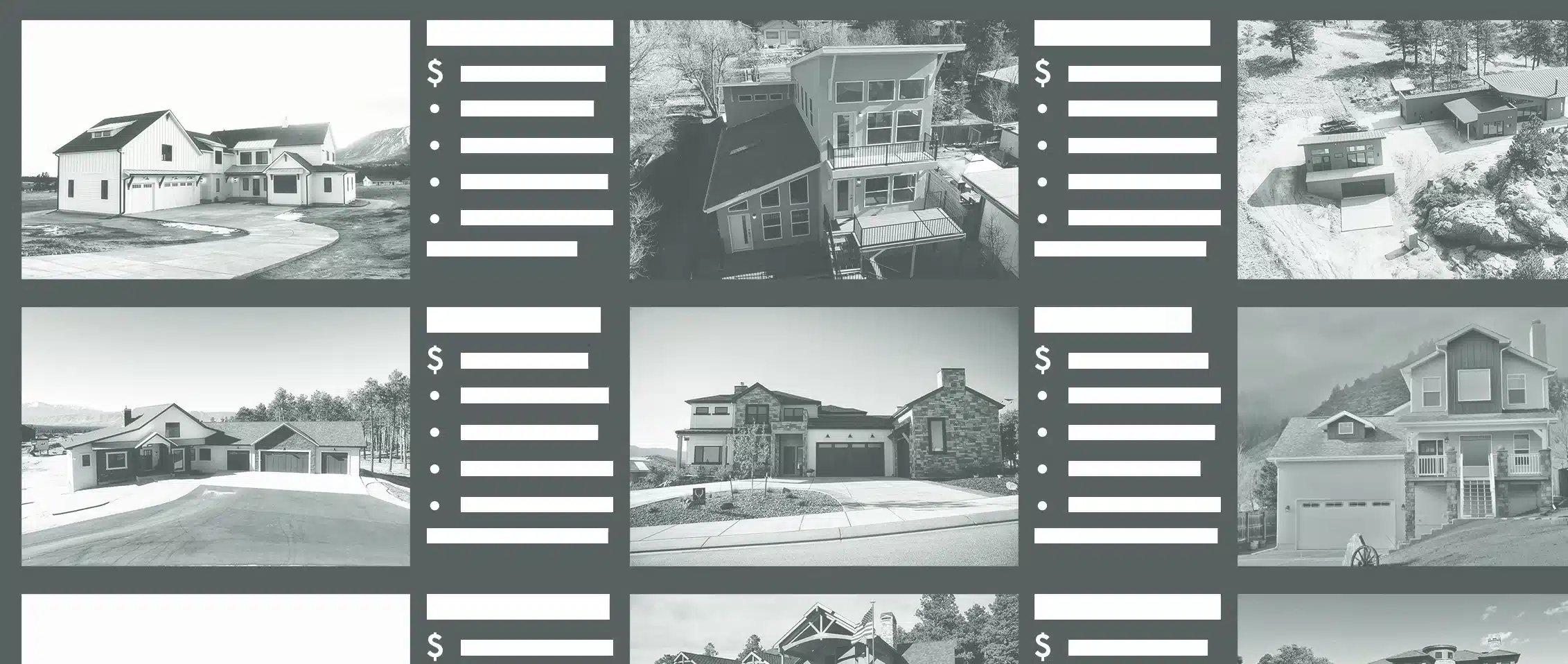
Once you have decided that building a custom home is the best way to get everything you want in a home, you now have the task of finding the right builder who can bring your vision to life and make the process fun and stress-free. But where do you even start to figure out which builder to use and what program will best suit you? We are here to help! We wrote this guide to help unpack the different types of builders and programs out there to help you make an educated decision on the best way forward. Happy reading!
Interested in building with us?
Head here to request a free project consultation.
Choosing a builder
Depending on the area you are building in, there are probably many custom home builders in the area to choose from. If you don’t have a referral from someone you know and trust, how do you choose? Do you look for a builder that appears to do a high volume of homes per year? Or do you choose a smaller builder that seems to focus on high quality and attention to details in a way that a larger company can’t? There are two aspects that make a builder a good choice and you definitely want one that nails both of these:
1. Design and Build quality. You want a builder that pays close attention to every detail, uses the highest quality materials, and practices, and delivers a strong, functional, and beautiful home.
2. Client experience. You also want a builder that works hard on the back office, project management, and communication sides of the business which keep their clients up to date on the project and keep the project flowing smoothly.
The best way to begin to vet a builder is to read their Google reviews. If there is a pattern that shows up in multiple reviews, there is a good chance you would experience that too. Try to pick two or three builders you feel good about and interview each of them (but don’t tell them you are interviewing several builders). Trust your gut with how you feel when you meet with them. If one stands out as a winner, ask them for some references from former and current clients (It’s good to get feedback from both). Ask the references hard questions. Understand that it is impossible to please everyone, but you should hear a theme of overall happiness with the builder and the process.
Here are some questions to ask the references:
Why did you choose this builder?
How did it go with the timeline and budget?
Did they communicate well?
Did you ever feel they were being dishonest?
Did they treat you with respect?
Is there anything they got wrong?
Would you build with them again?
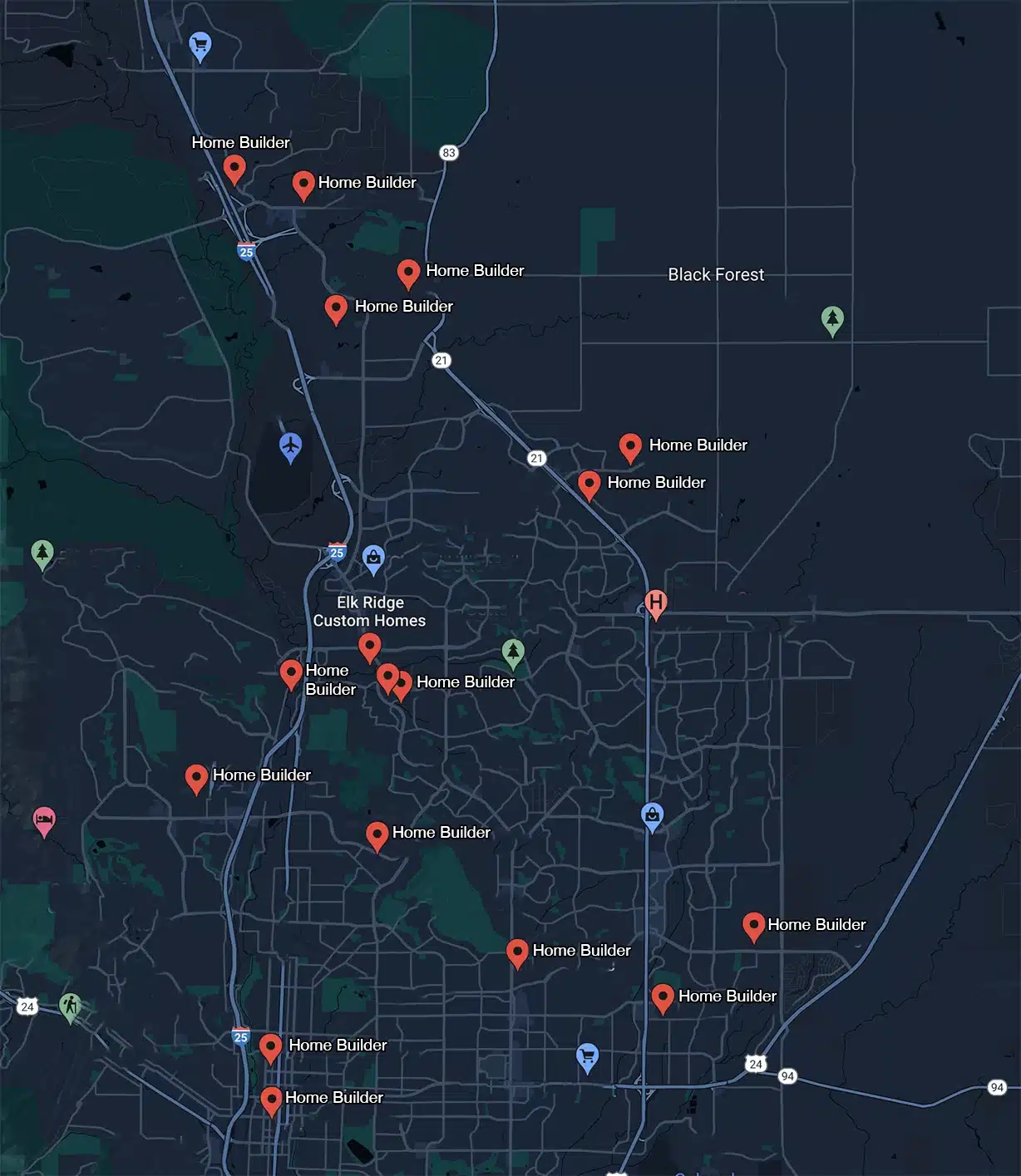
Cost-Plus or Fixed Price
Every builder either uses a cost-plus or a fixed price budget structure. Some clients prefer getting into the weeds and saving every dollar possible with a cost-plus contract, and other clients like the stress-free fixed price contract. It is up to you to decide where your comfort level is.
Cost-plus means the builder will price everything out at their cost and their overhead and profit is a percentage-markup on top of the cost. This program gives the client the most potential for savings, but they assume the risk of any market fluctuations and materials increases and have the added stress of watching every budget detail as it unfolds.
Fixed price means the builder sets the total budget based on the client’s design and selections, the builder’s overhead and profit, and a buffer of the builders’ choosing to safeguard them against any cost fluctuations. In this case the client agrees to a total price and doesn’t have to think about the budget again unless they add or change anything after contract signing.
Design | Build or Architect + Builder or Semi-Custom
There are three basic programs out there when it comes to custom home building:
Design | Build firms who have the design team in-house that collaborates with the entire team on the project from conception to completion.
Custom builders who work from a set of plans that an architect and client design together. Most have an architect they like to work with that they refer their clients to.
Semi-custom builders who have pre-designed plans they build that they may allow their clients to tweak.
Our bias is toward the Design | Build model, not just because that is what we are, but because we have built many homes from architects’ plans and our experience has been that they tend to not be budget minded in their designs. This has led to countless re-designs to make a client’s budget work, which is no fun. Because we work with our clients to establish a budget goal and understanding of finishes prior to designing the home, we can create a design that works within the budget. Semi-custom homes may be customizable but aren’t really “custom homes”… a truly custom home starts with a truly custom design.
In rare cases a client will have already worked with an architect or have purchased a plan prior to working with a builder. In this case there may be extra design work to do to meet local jurisdiction or builder requirements.
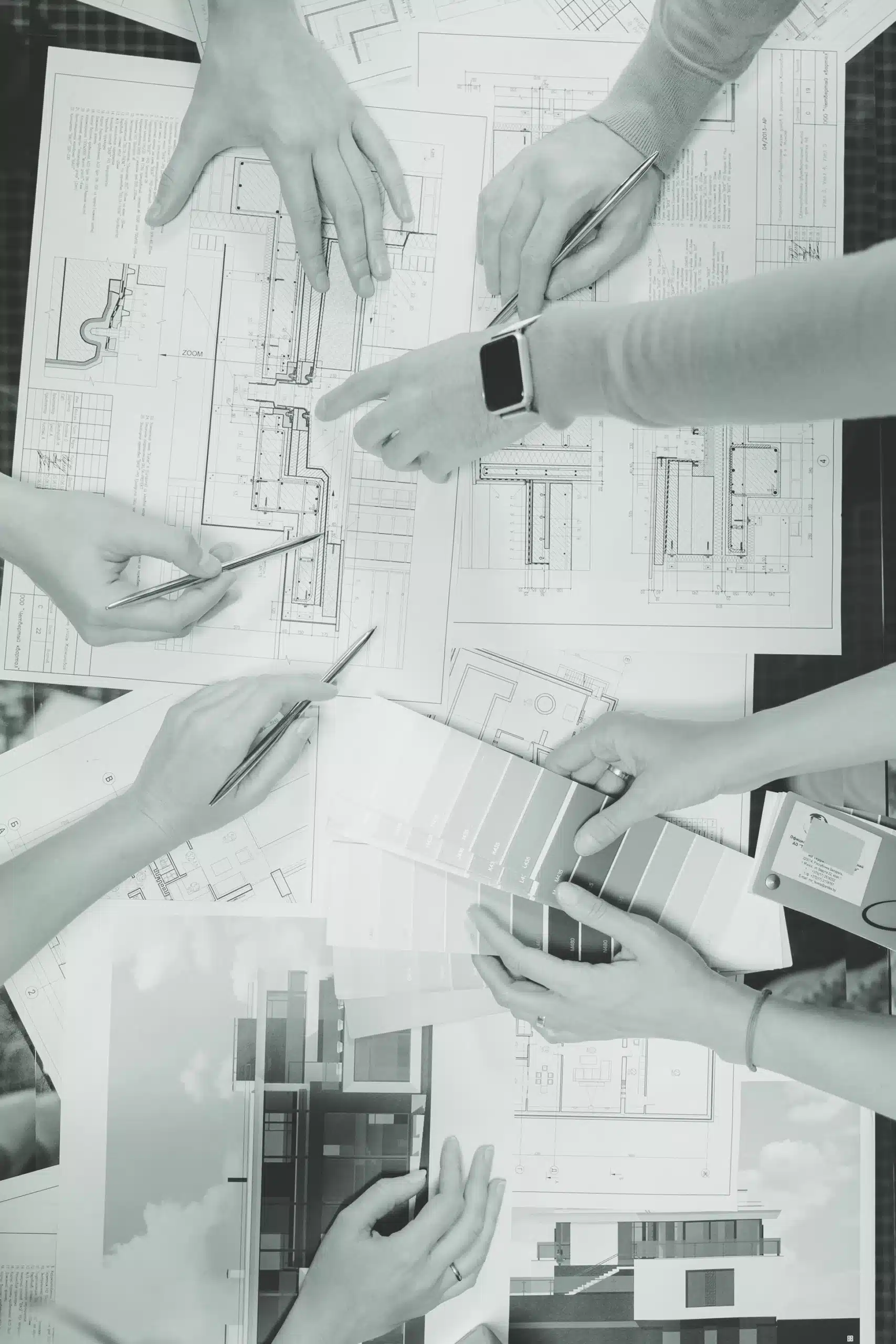
Construction Loan
Financing a custom home typically requires a construction loan to fund the build. Most custom home builders do not offer financing, so where do you begin? The best first step is to find some local banks (preferably smaller banks, not Wells Fargo or US Bank) that offer construction loan programs, determine which is the best fit, and get started on the pre-approval process. This will get you educated on how their loan and payment process works and will help you determine your budget cap. If you don’t already own land, you may need to get a “land loan” first, which can be rolled into the construction loan once that is in place. For more info on this, check out our article on Financing A Custom Home.
Land/site Purchase
There are a small percentage of custom home builders who own lots that they sell as a package with their building services, but most truly custom homes are built on client-owned lots. Many of our clients come to us already owning land or at least having an idea of where they want to purchase land to build on. This can be a “which is the cart, and which is the horse” scenario, but if you know you want to build a custom home, you can purchase land before you start working with builder or vice versa. When our clients come to us while still searching for land, we offer our expertise and opinion on their potential land choices to help them foresee any potential pitfalls associated with the land they are looking at (Please read our article on Custom Home Prices for more details about things to consider when purchasing land in Colorado). If you don’t know how to start your land search, you can use a realtor or start by searching sites like https://www.landwatch.com or https://www.zillow.com.
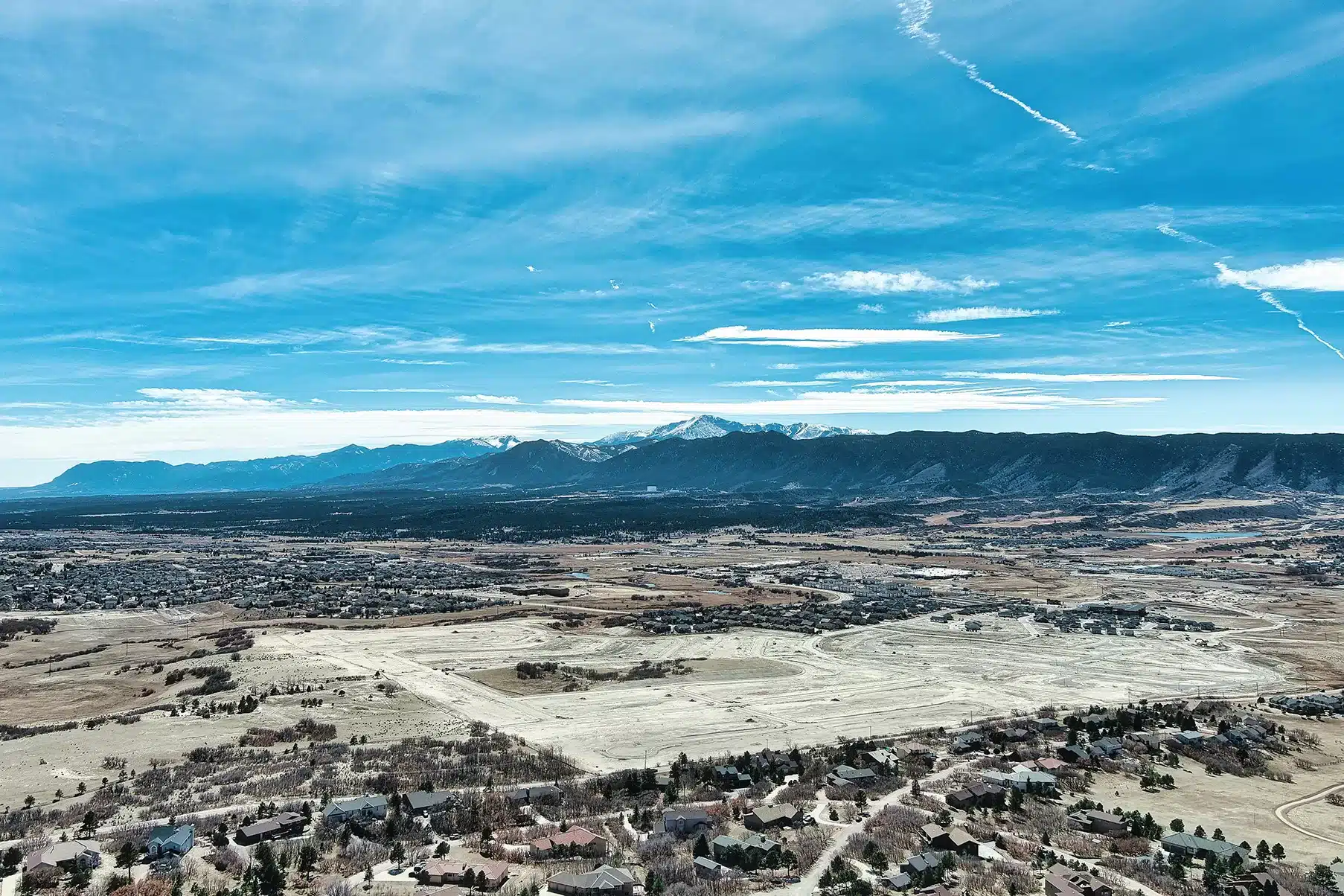
Design
If you decide to work with us and go the Design | Build route, our design process will start with you filling out a questionnaire that will help us unpack your needs, wants, lifestyle, and design style. Once we have the completed questionnaire back and an understanding of the views and features on your land, we will start with a blank piece of paper to craft the perfect layout and design that capitalizes on your land features. This process can take anywhere from several weeks to several months to complete. For more information on designing a custom home, check out this article we wrote about the process.
If you work with a builder that utilizes an outside architect, you will go through the architect’s design development process to create your design. Every Architect has their own process and timeline for this process, but most will estimate 3-6 months for design development. It is important to be aware that some Architects can be dismissive of your ideas and input since they are the “professional” but don’t be afraid to stand firm in your ideas and advocate for yourself. If you feel like you are not being heard, bring your builder in to help. A good Architect will guide you in smart design and decision making and will also take your vision and budget into account as they are designing.
If you go with a semi-custom home, your design process might be selecting which elevation option you like best and choosing which basement configuration or loft layout option best suits you. In some cases, your builder may be willing to do some re-configuration work at additional cost.
Selections
Every builder will have products for you to select to make your home custom to you. Some builders will give you packages to choose from, where everything is pre-selected in each package, and you just choose the package you like best. Some builders will give you a few options to choose from in each product category for a more custom feel. Some builders will give you carte blanche to pick anything and everything you want (this is fine if you have a good eye for design or are working with an interior designer).
Our approach is highly collaborative. We have a few resources that you'll fill out to help you give us an idea of some of the more general and abstract details of what your taste and style is. We'll ask you questions, have you send us inspo pics and we'll make a list of your "must-haves" to help us get started. Once We have a good understanding of what vibe you want we go and put together a full suite of selections tailored to your home's design, taste, must-haves, style and budget. After that we'll have a meeting to refine and change anything so that everything that goes into your home is exactly what you want and well thought through.

Budget Creation
Once the plans are complete, all engineering is done, and all selections are made, the budget creation begins. A good builder will send plans out to all related subs and vendors to get actual-cost estimates for everything that will go into or onto the home and lot. A complete budget or control estimate will not have many allowances at this point in the process. This allows for a very close estimate for the cost-plus crowd and will allow a fixed price builder to establish their fixed price.
Contract(s)
We use a two-contract system to separate the Design and Estimation portion of the project from the Build portion, but very few builders do this. We don’t like the idea of locking a client into a build contract before they even know what the home will look like or have in it. This setup allows a low stress hashing out of the design, selections, and budget to land at an agreeable project direction before signing the build contract.
Most builders will have you sign a full build contract to start working with them. We have read some other builders’ contracts, and most are decent, but some are scary how skewed in the builder’s favor they are. It is not uncommon (and not a bad idea) for a client to pay an attorney to read through a builder’s contract and address concerns and/or alter before signing.
Build Phase
Every builder will have a slightly different approach to the build phase and their client involvement and interactions during this process. We start by meeting our clients on-site with the surveyor to dial in the perfect location and angle of their home to capitalize on the site’s features and views. From there it’s excavation to finishing touches and everything in between. During this phase we will meet with our clients on-site several times to make sure we are getting everything perfect for them. Our project management team is in constant contact with our clients throughout the build, so they are never in the dark about what is happening on their project. We also use an online project management program with a client portal so they can track with the project schedule, budget, selections, etc. in real time.
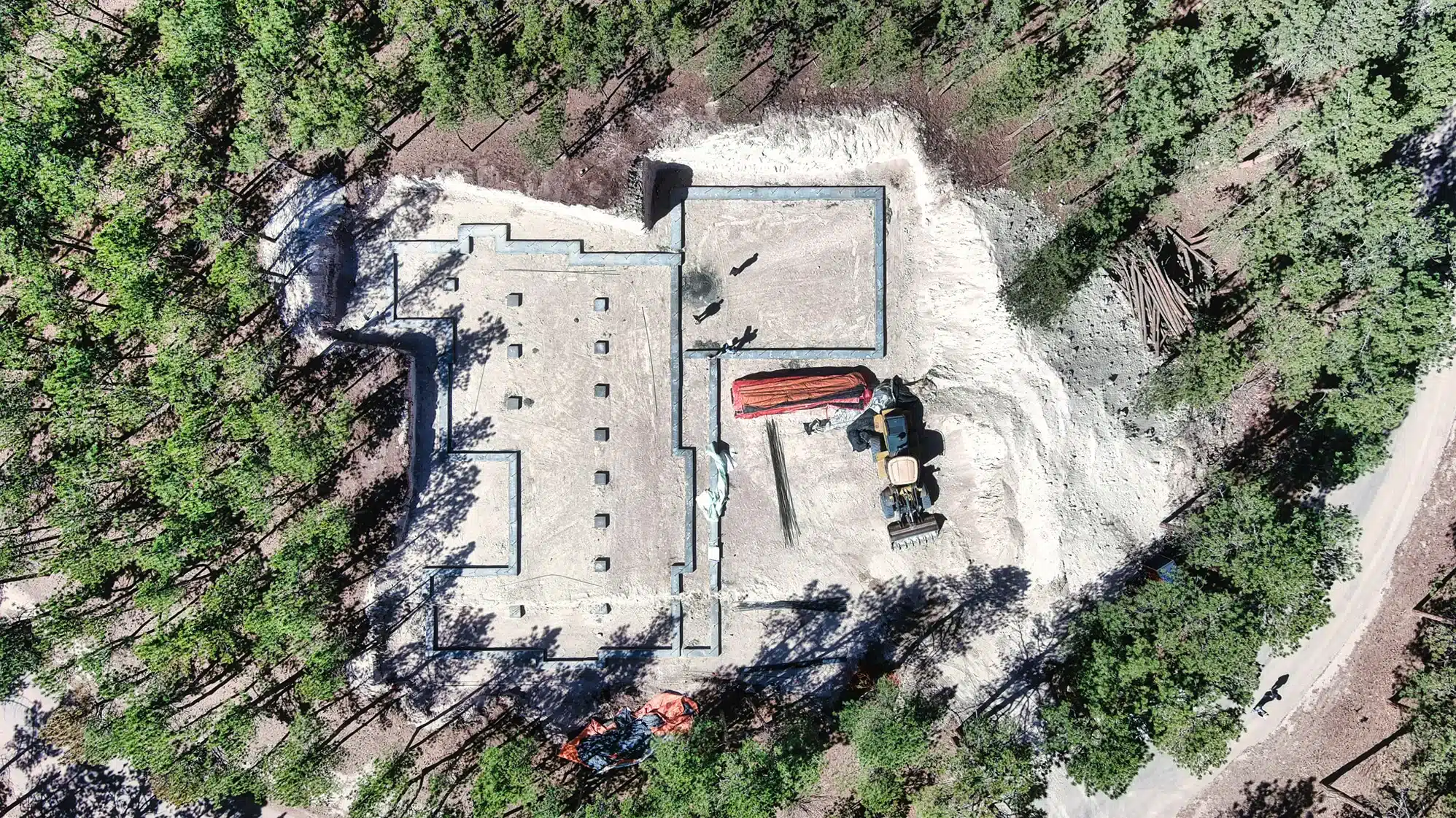
Conclusion
Ultimately your custom home experience hinges on choosing the right team to work with. There are many great and honest builders out there and there are some that suck… find a good one and trust them to do what they are good at, but don’t be afraid to ask hard questions and hold them accountable. Understand that, in the history of the world, there has never been a custom home build that didn’t have a few bumps in the road along the way, and that’s ok… it’s the nature of a one-of-a-kind project.
We hope this guide was helpful! If you would like a free, no obligation, consultation, or if you have questions about the specifics of building in Colorado, please fill out this form and we will be in touch shortly.

About The Author - Phil Jung
Phil Jung is one of the founders of Elk Ridge Custom Homes. He has 30+ years of construction and design experience and is the Architectural Designer for the firm.